If change management stalls, balance fuel and friction.
We’ve all seen promising change initiatives falter. We craft compelling visions, highlight the benefits, and try to generate excitement – we fill up on the “fuel”. But often, progress stalls even with a full tank. Why?
Loran Nordgren, Professor of Management and Organizations at Northwestern’s Kellogg School of Management, has tackled this conundrum. Nordgren is a behavioral scientist whose research explores the psychological forces that propel and prevent the adoption of new ideas.
According to Nordgren, we often focus too much on “fuel” and overlook the powerful forces resisting change: the “friction.”
What is Fuel?
Fuel is anything that increases the motivation or desire for change:
- Painting inspiring visions of the future state.
- Highlighting the urgency or benefits (the “why”).
- Offering incentives, recognition, or appealing rewards.
- Showcasing strong leadership endorsement.
We naturally focus here – trying to propel people towards the new goal.
What is Friction?
Friction comes from the psychological and practical barriers that make change harder, even if people are motivated – the forces that inhibit the change. These include:
- Effort: The sheer work required to adopt the new way.
- Complexity: Confusing processes or unclear instructions.
- Ambiguity: Uncertainty about roles, expectations, or outcomes.
- Emotional Costs: Fear of failure, loss of status, or breaking old habits.
These frictions act like headwinds, slowing down or stopping change entirely.
In his book, The Human Factor, Nordgren provides the example of a company that was struggling to sell innovative and customizable furniture despite great engagement and excitement from their target demographic. They added fuel to their initiative by doubling down on their brand’s unique offerings and even lowering prices. Sales remained static.
Pivoting to friction, they discovered the main hurdle was customers not knowing what to do with the furniture they would be replacing. Once the company started offering free removal services upon delivery, sales took off. It wasn’t a fuel issue; it was about removing unseen friction.
Find the balance.
Reducing Friction is often far more effective than adding Fuel. It’s easier to clear the path than to constantly push people harder down a rocky road.
Instead of focusing only on motivating (adding fuel), actively seek out and eliminate the frictions holding them back. Here’s how:
- Identify the frictions. Ask: What makes this change difficult for people? Where is the confusion? What old processes are getting in the way? What anxieties exist?
- Simplify ruthlessly. Make the desired new behaviors as easy as possible. Streamline processes, provide clear templates, offer step-by-step guidance.
- Clarify and communicate. Reduce ambiguity. Ensure roles, responsibilities, and expectations are crystal-clear. Address concerns directly and honestly.
- Provide support. Acknowledge the emotional effort involved. Offer training, resources, and easy access to help.
Effective change management isn’t just about selling the destination; it’s about paving the road. By shifting focus to identifying and removing the barriers, you make change smoother, faster, and more sustainable.




